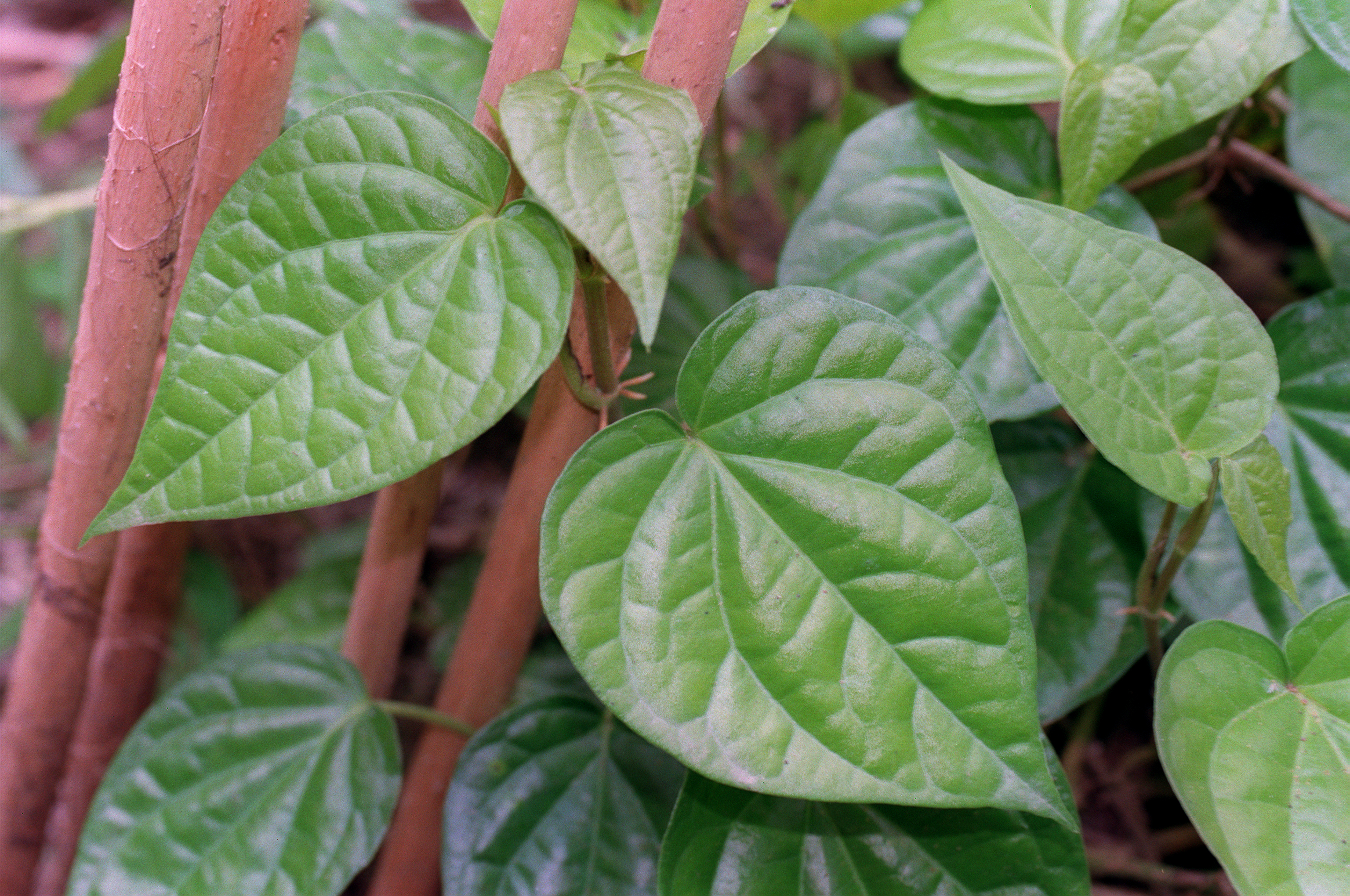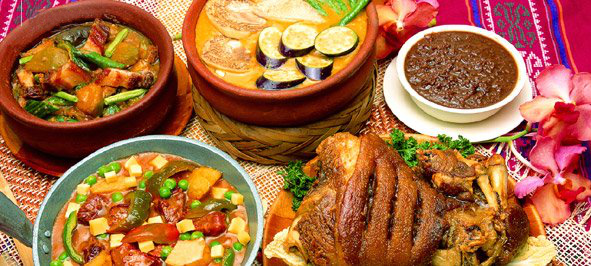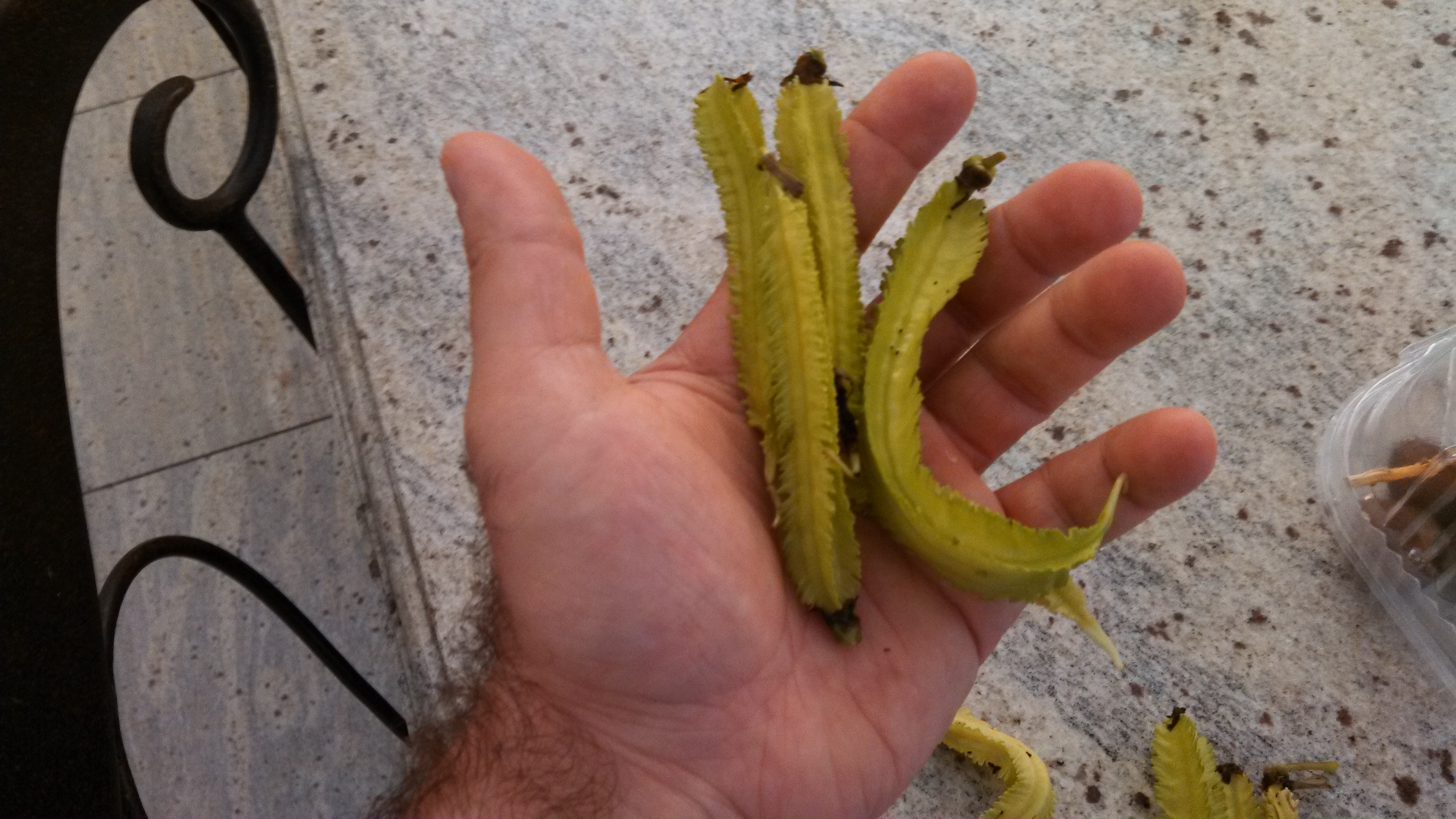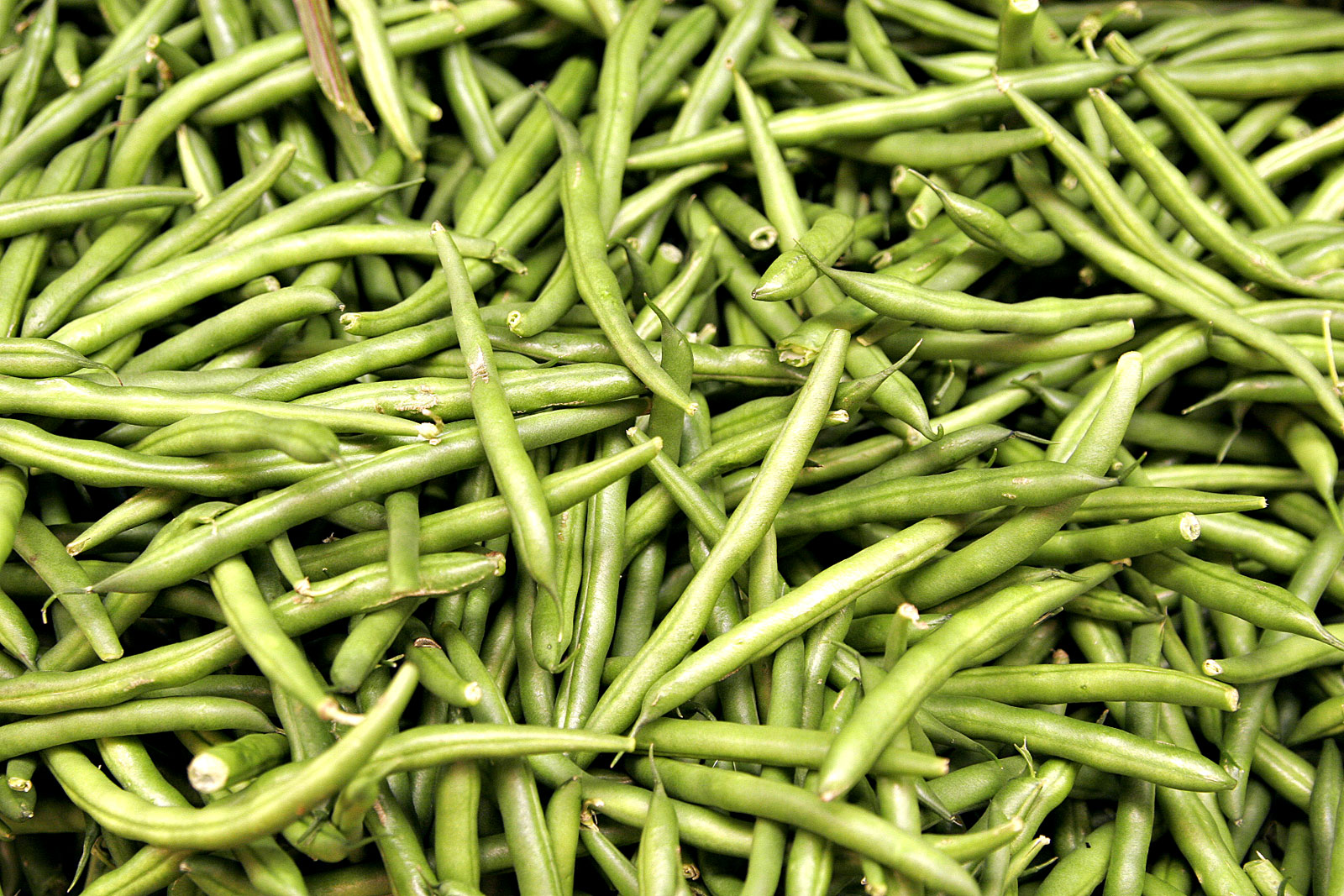|
Telosma Procumbens
''Telosma procumbens'', also known as latok, kapas-kapas, dukep, or sabidukong, among many other names, is a species of flowering plant native to the islands of the Philippines and parts of southeastern China and Vietnam. It is a woody vine with elongated heart-shaped leaves. It bears clusters of yellowish green odorless flowers with five twisted-looking fleshy petals arranged in a star shape. These develop into spearhead-shaped fruits with four thin lengthwise ridges ("wings"). The fruit contains multiple seeds stacked in a column. Each seed has a long white feathery tail that allows it to be dispersed by the wind. The flowers and immature fruit rinds are eaten in Filipino cuisine, with a taste and texture similar to winged beans or string beans. See also *''Telosma cordata ''Telosma cordata'' is a species of flowering plant, native to China () and Indo-China, in the family Apocynaceae (tribe Marsdenieae). It is cultivated elsewhere and may occur wild as an introduced spec ... [...More Info...] [...Related Items...] OR: [Wikipedia] [Google] [Baidu] |
Francisco Manuel Blanco
Manuel María Blanco Ramos known as Manuel Blanco (1779 – 1845) was a Spanish friar and botanist. Biography Born in Navianos de Alba, Castilla y León, Spain, Blanco was a member of the Augustinian order of friars. His first assignment was in Angat in the province of Bulacan in the Philippines. He subsequently had a variety different assignments. Towards the end of his life, he became the delegate of his order in Manila, traveling throughout the archipelago. He is the author of one of the first comprehensive flora of the Philippines, ''Flora de Filipinas. Según el sistema de Linneo'' (Flora of the Philippines according to the system of Linnaeus) which followed after the work done by Georg Joseph Kamel. The first two editions (Manila, 1837 and 1845) were unillustrated. Celestine Fernandez Villar (1838-1907), together with others including Antonio Llanos, published an illustrated posthumous edition from 1877 to 1883, printed by C. Verdaguer of Barcelona. Blanco died in Mani ... [...More Info...] [...Related Items...] OR: [Wikipedia] [Google] [Baidu] |
Elmer Drew Merrill
Elmer Drew Merrill (October 15, 1876 – February 25, 1956) was an American botanist and taxonomist. He spent more than twenty years in the Philippines where he became a recognized authority on the flora of the Asia-Pacific region. Through the course of his career he authored nearly 500 publications, described approximately 3,000 new plant species, and amassed over one million herbarium specimens. In addition to his scientific work he was an accomplished administrator, college dean, university professor and editor of scientific journals.Archives of the Arnold Arboretum Early life Merrill and his twin brother, Dana T. Merrill, were born and raised in the small village of East Auburn, Maine. They were the youngest of six children by Daniel C. Merrill and Mary (Noyes) Merrill. Merrill showed an early interest in natural history, collecting and identifying plants, birds' eggs, rocks, and minerals. In 1894 he entered the University of Maine with the intention of studying engine ... [...More Info...] [...Related Items...] OR: [Wikipedia] [Google] [Baidu] |
Philippines
The Philippines (; fil, Pilipinas, links=no), officially the Republic of the Philippines ( fil, Republika ng Pilipinas, links=no), * bik, Republika kan Filipinas * ceb, Republika sa Pilipinas * cbk, República de Filipinas * hil, Republika sang Filipinas * ibg, Republika nat Filipinas * ilo, Republika ti Filipinas * ivv, Republika nu Filipinas * pam, Republika ning Filipinas * krj, Republika kang Pilipinas * mdh, Republika nu Pilipinas * mrw, Republika a Pilipinas * pag, Republika na Filipinas * xsb, Republika nin Pilipinas * sgd, Republika nan Pilipinas * tgl, Republika ng Pilipinas * tsg, Republika sin Pilipinas * war, Republika han Pilipinas * yka, Republika si Pilipinas In the recognized optional languages of the Philippines: * es, República de las Filipinas * ar, جمهورية الفلبين, Jumhūriyyat al-Filibbīn is an archipelagic state, archipelagic country in Southeast Asia. It is situated in the western Pacific Ocean and consists of aro ... [...More Info...] [...Related Items...] OR: [Wikipedia] [Google] [Baidu] |
China
China, officially the People's Republic of China (PRC), is a country in East Asia. It is the world's List of countries and dependencies by population, most populous country, with a Population of China, population exceeding 1.4 billion, slightly ahead of India. China spans the equivalent of five time zones and Borders of China, borders fourteen countries by land, the List of countries and territories by land borders, most of any country in the world, tied with Russia. Covering an area of approximately , it is the world's third List of countries and dependencies by area, largest country by total land area. The country consists of 22 provinces of China, provinces, five autonomous regions of China, autonomous regions, four direct-administered municipalities of China, municipalities, and two special administrative regions of China, Special Administrative Regions (Hong Kong and Macau). The national capital is Beijing, and the List of cities in China by population, most populous cit ... [...More Info...] [...Related Items...] OR: [Wikipedia] [Google] [Baidu] |
Vietnam
Vietnam or Viet Nam ( vi, Việt Nam, ), officially the Socialist Republic of Vietnam,., group="n" is a country in Southeast Asia, at the eastern edge of mainland Southeast Asia, with an area of and population of 96 million, making it the world's sixteenth-most populous country. Vietnam borders China to the north, and Laos and Cambodia to the west. It shares maritime borders with Thailand through the Gulf of Thailand, and the Philippines, Indonesia, and Malaysia through the South China Sea. Its capital is Hanoi and its largest city is Ho Chi Minh City (commonly known as Saigon). Vietnam was inhabited by the Paleolithic age, with states established in the first millennium BC on the Red River Delta in modern-day northern Vietnam. The Han dynasty annexed Northern and Central Vietnam under Chinese rule from 111 BC, until the first dynasty emerged in 939. Successive monarchical dynasties absorbed Chinese influences through Confucianism and Buddhism, and expanded ... [...More Info...] [...Related Items...] OR: [Wikipedia] [Google] [Baidu] |
Vine
A vine ( Latin ''vīnea'' "grapevine", "vineyard", from ''vīnum'' "wine") is any plant with a growth habit of trailing or scandent (that is, climbing) stems, lianas or runners. The word ''vine'' can also refer to such stems or runners themselves, for instance, when used in wicker work.Jackson; Benjamin; Daydon (1928). ''A Glossary of Botanic Terms with their Derivation and Accent'', 4th ed. London: Gerald Duckworth & Co. In parts of the world, including the British Isles, the term "vine" usually applies exclusively to grapevines ('' Vitis''), while the term "climber" is used for all climbing plants. Growth forms Certain plants always grow as vines, while a few grow as vines only part of the time. For instance, poison ivy and bittersweet can grow as low shrubs when support is not available, but will become vines when support is available. A vine displays a growth form based on very long stems. This has two purposes. A vine may use rock exposures, other plants, or o ... [...More Info...] [...Related Items...] OR: [Wikipedia] [Google] [Baidu] |
Filipino Cuisine
Filipino cuisine ( fil, lutong Pilipino/pagkaing Pilipino) is composed of the cuisines of more than a hundred distinct ethnolinguistic groups found throughout the Philippine archipelago. A majority of mainstream Filipino dishes that compose Filipino cuisine are from the food traditions of various ethnolinguistic groups and tribes of the archipelago, including the Ilocano, Pangasinan, Kapampangan, Tagalog, Bicolano, Visayan, Chavacano and Maranao ethnolinguistic groups. The styles of preparation and dishes associated with them have evolved over many centuries from a largely indigenous (largely Austronesian) base shared with maritime Southeast Asia with varied influences from Chinese, Spanish and American cuisines, in line with the major waves of influence that had enriched the cultures of the archipelago, as well as others adapted to indigenous ingredients and the local palate. [...More Info...] [...Related Items...] OR: [Wikipedia] [Google] [Baidu] |
Winged Bean
The winged bean (''Psophocarpus tetragonolobus''), also known as , goa bean, four-angled bean, four-cornered bean, manila bean, princess bean, asparagus pea, dragon bean, is a tropical herbaceous legume plant. Winged bean is widely recognised by farmers and consumers in South Asia for its variety of uses and disease resistance. Winged bean is nutrient-rich and all parts of the plant are edible. The leaves can be eaten like spinach, flowers can be used in salads, tubers can be eaten raw or cooked, and seeds can be used in similar ways as the soybean. The winged bean is an underutilised species but has the potential to become a major multi-use food crop in the tropics of Asia, Africa, and Latin America. Description The winged bean plant grows as a vine with climbing stems and leaves, in height. It is an herbaceous perennial, but can be grown as an annual. It is generally taller and notably larger than the common bean. The leaves can be long. The shape of its leaves ranges from ... [...More Info...] [...Related Items...] OR: [Wikipedia] [Google] [Baidu] |
String Bean
Green beans are young, unripe fruits of various cultivars of the common bean (''Phaseolus vulgaris''), although immature or young pods of the runner bean ('' Phaseolus coccineus''), yardlong bean ( ''Vigna unguiculata'' subsp. ''sesquipedalis''), and hyacinth bean (''Lablab purpureus'') are used in a similar way. Green beans are known by many common names, including French beans (), string beans (although most modern varieties are "stringless"), and snap beans or simply "snaps". In the Philippines, they are also known as "Baguio beans" or "" to distinguish them from yardlong beans. They are distinguished from the many other varieties of beans in that green beans are harvested and consumed with their enclosing pods, before the bean seeds inside have fully matured. An analogous practice is the harvest and consumption of unripened pea pods, as is done with snow peas or sugar snap peas. Culinary use As common food in many countries, green beans are sold fresh, canned, and ... [...More Info...] [...Related Items...] OR: [Wikipedia] [Google] [Baidu] |
Telosma Cordata
''Telosma cordata'' is a species of flowering plant, native to China () and Indo-China, in the family Apocynaceae (tribe Marsdenieae). It is cultivated elsewhere and may occur wild as an introduced species. Common names include Chinese violet, cowslip creeper, Pakalana vine, Tonkin jasmine and Tonkinese creeper. The plant bears clusters of golden yellow blooms along the vining stems during summer months. Individual blooms emerge successively over a period of weeks emitting a rich, heavy fragrance during the day and night. Characteristics ''Telosma cordata'' is classified as a creeper that can climb as far as 2–5 meters. The vine is small, round and very tough; it is considered poisonous for pigs. As the tree is older, the vine will change from green to brown. The top is covered with dense white bush that can cover other trees completely. The plant can be reproduced by cutting or seeding and grows in airy soil in bright sunlight. It can be found in evergreen, mixed deciduous ... [...More Info...] [...Related Items...] OR: [Wikipedia] [Google] [Baidu] |
Philippine Cuisine
Filipino cuisine ( fil, lutong Pilipino/pagkaing Pilipino) is composed of the cuisines of more than a hundred distinct ethnolinguistic groups found throughout the Philippine archipelago. A majority of mainstream Filipino dishes that compose Filipino cuisine are from the food traditions of various ethnolinguistic groups and tribes of the archipelago, including the Ilocano, Pangasinan, Kapampangan, Tagalog, Bicolano, Visayan, Chavacano and Maranao ethnolinguistic groups. The styles of preparation and dishes associated with them have evolved over many centuries from a largely indigenous (largely Austronesian) base shared with maritime Southeast Asia with varied influences from Chinese, Spanish and American cuisines, in line with the major waves of influence that had enriched the cultures of the archipelago, as well as others adapted to indigenous ingredients and the local palate. [...More Info...] [...Related Items...] OR: [Wikipedia] [Google] [Baidu] |
Inflorescence Vegetables
An inflorescence is a group or cluster of flowers arranged on a stem that is composed of a main branch or a complicated arrangement of branches. Morphologically, it is the modified part of the shoot of seed plants where flowers are formed on the axis of a plant. The modifications can involve the length and the nature of the internodes and the phyllotaxis, as well as variations in the proportions, compressions, swellings, adnations, connations and reduction of main and secondary axes. One can also define an inflorescence as the reproductive portion of a plant that bears a cluster of flowers in a specific pattern. The stem holding the whole inflorescence is called a peduncle. The major axis (incorrectly referred to as the main stem) above the peduncle bearing the flowers or secondary branches is called the rachis. The stalk of each flower in the inflorescence is called a pedicel. A flower that is not part of an inflorescence is called a solitary flower and its stalk is als ... [...More Info...] [...Related Items...] OR: [Wikipedia] [Google] [Baidu] |






